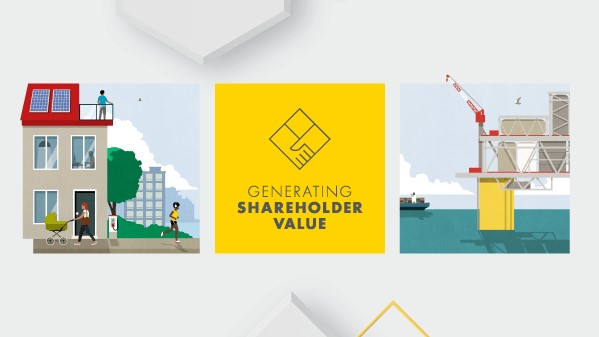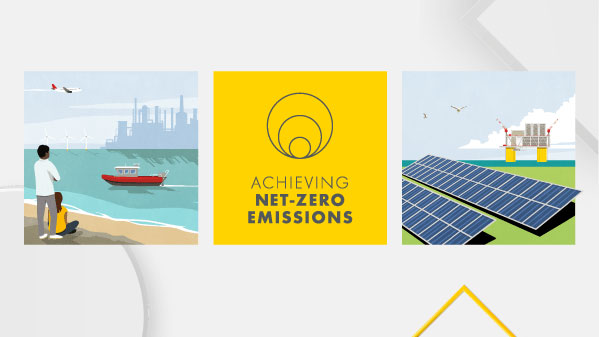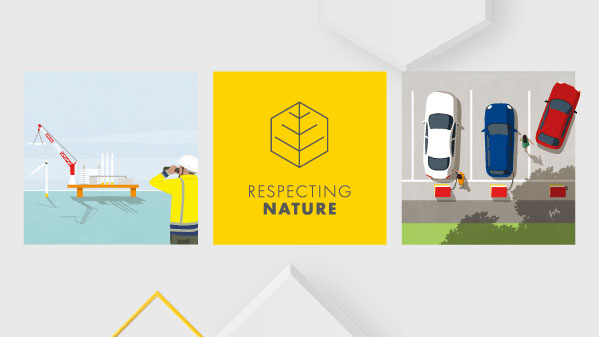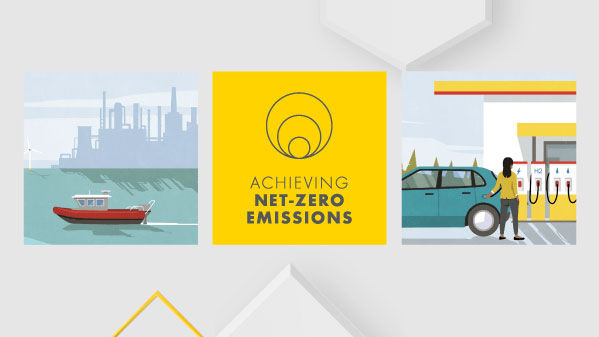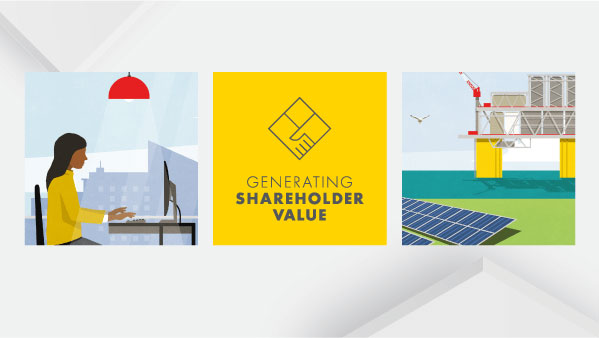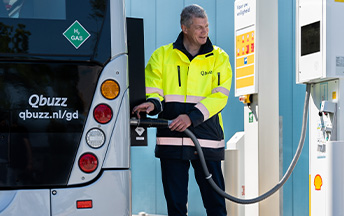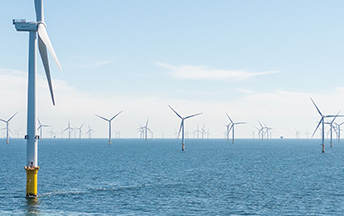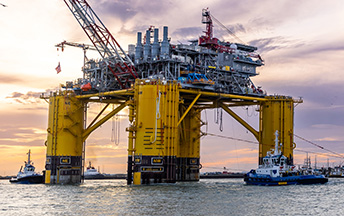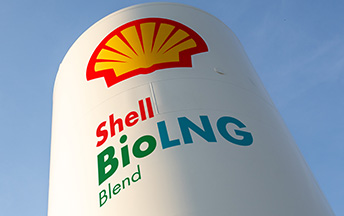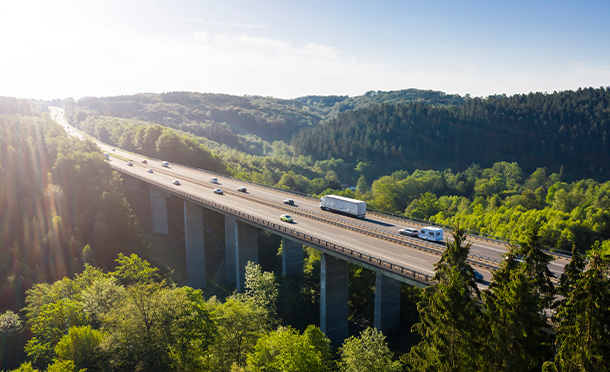Absolute emissions
Reducing our absolute Scope 1 and 2 emissions
To achieve net-zero emissions by 2050, we are transforming how we produce energy. In October 2021, we set a target to halve the emissions from our operations (Scope 1), plus the energy we buy to run them (Scope 2), by 2030 compared with 2016 levels on a net basis.
To decarbonise our operations, we are focusing on:
- making portfolio changes such as acquisitions and investments in new, low-carbon projects. We are also decommissioning plants, divesting assets, and reducing our production through the natural decline of existing oil and gas fields;
- improving the energy efficiency of our operations;
- transforming our remaining integrated refineries into low-carbon energy and chemicals parks, which involves decommissioning plants;
- using more renewable electricity to power our operations; and
- developing carbon capture and storage (CCS) for our facilities.
If required, we may choose to use high-quality carbon credits to offset any remaining emissions from our operations, in line with the mitigation hierarchy of avoid, reduce and compensate.
The chart below shows our progress since 2016 in reducing our Scope 1 and 2 emissions and gives an indication of how we expect to achieve our target in 2030. The actions we will take to achieve our target will depend on the evolution of our asset portfolio and the continued development of technologies which reduce carbon emissions. Following divestment activity in 2022, we expect that on a net portfolio basis, new investments across our portfolio will increase our Scope 1 and 2 emissions between 2023 and 2030 and that they will exceed reductions associated with planned divestments and natural decline. Our investments in producing low-carbon energy such as biofuels will increase our Scope 1 and 2 emissions, while reducing the net carbon intensity of the products we sell. Subsequent reductions in our emissions are reflected in the mechanisms outlined below and reflect an expected path to meeting our target in 2030.
Working to reduce our absolute Scope 1 and 2 emissions
Scope 1 and 2 emissions in million tonnes per annum [A] [B]
[B] Operational control boundary.
[C] Including nature-based solutions.

